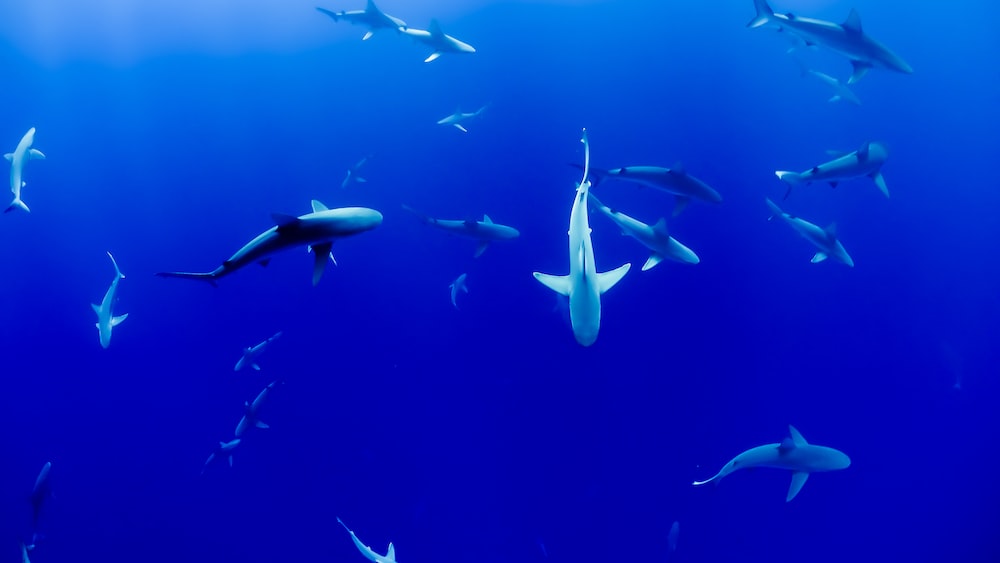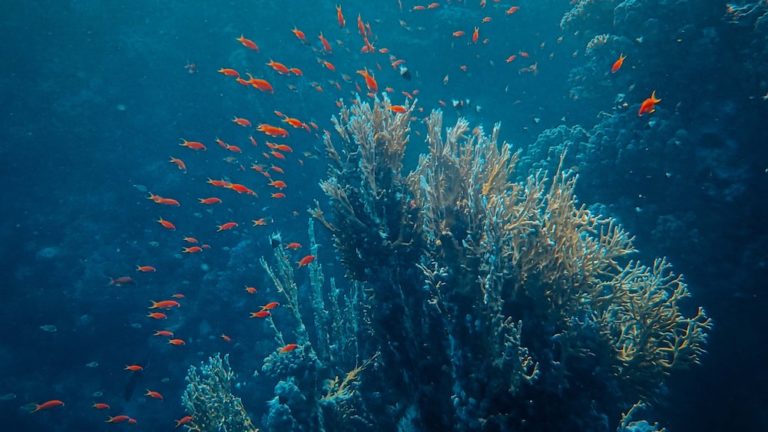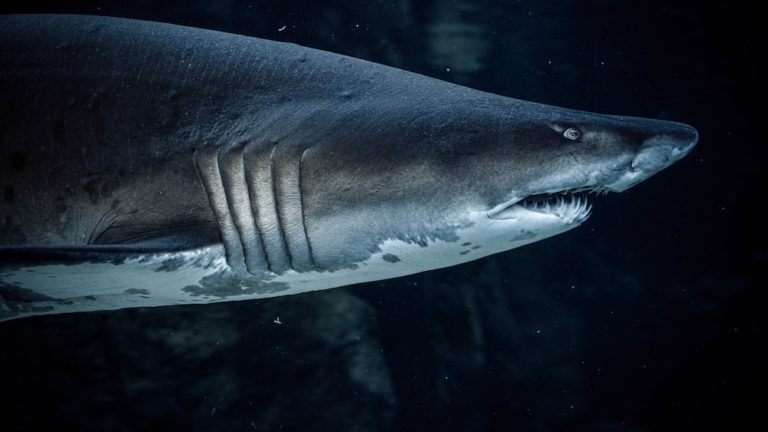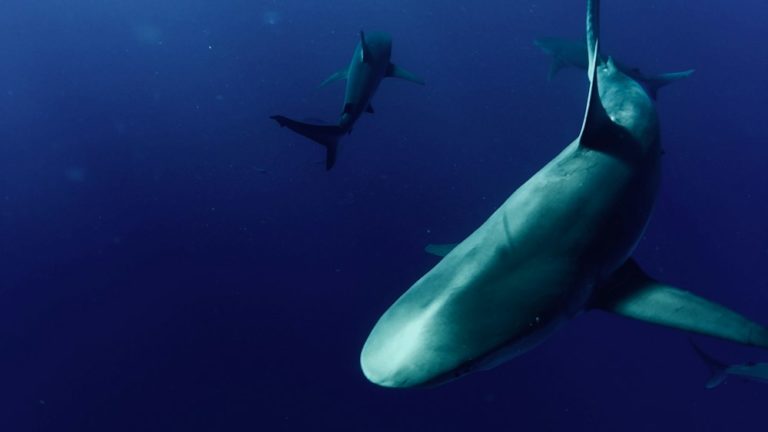10 Types Of Sharks: Discover The Fascinating Species
10 Types Of Sharks: Discover The Fascinating Species
Ahoy, ocean enthusiasts and protectors of the planet! Cast off the bowlines and join me as we delve into the abyss of the ocean’s most enigmatic and misunderstood inhabitants: sharks. Often portrayed as the villains of the deep, these creatures are, in truth, as diverse as the ocean itself. From the iconic silhouettes of the Great White to the gentle, filter-feeding giants like the Whale Shark, the vast sea is home to an array of types of sharks, each playing its unique part in the marine tapestry.
As we navigate through the ocean’s currents in this educational journey, you’ll become familiar with ten distinct types of sharks and appreciate the roles they play in the marine ecosystems. Prepare to have your curiosity piqued and your fears allayed, as we explore the myriad of shapes, sizes, and habits that these majestic predators possess. Whether you’re an eco-adventurer keen to explore every crevice of the reef or a conservationist with a passion for protecting these powerful pelagic fish, there’s something in these waters for you.
Together, let’s embark on an odyssey to uncover the fascinating species of sharks, where we’ll arm ourselves not with harpoons but with knowledge and respect. Through wisdom laced with wit, we’ll shine a light on these denizens of the deep and inspire a wave of conservation.
Exploring the Diversity of Shark Species
Dive beneath the waves with me, and you’ll find a mosaic of shark species that could rival any artist’s palette. Consider this your oceanic field guide to the elasmobranchs, showcasing ten types of sharks that patrol our seas. From the fearsome hunters to the gentle giants, these marine marvels are critical to the health of our ocean ecosystem. So adjust your scuba gear, and let’s submerge into their world.
1. Great White Shark (Carcharodon carcharias)
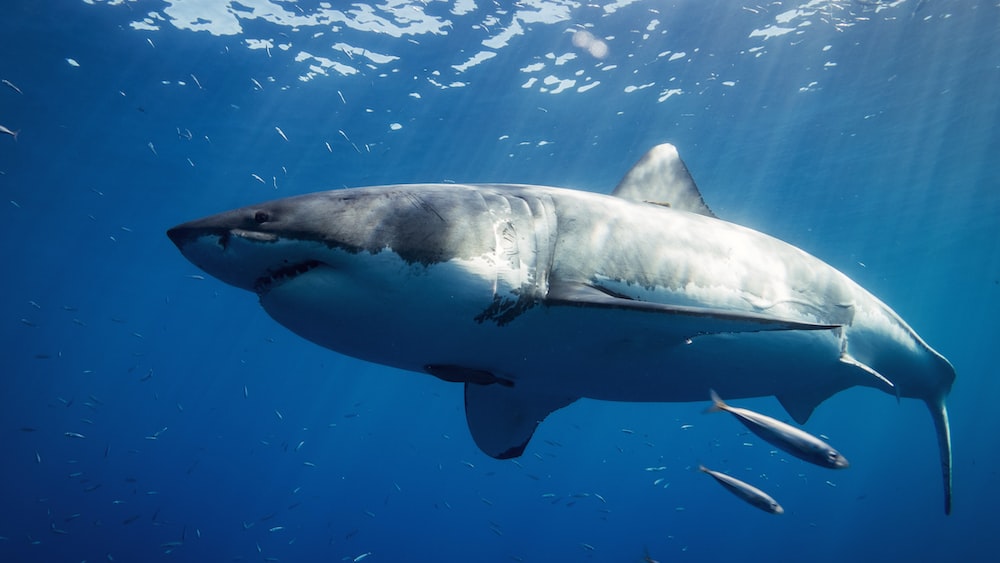
When one hears “shark,” the mighty Great White Shark often springs to mind, its reputation as the monarch of the ocean well-earned. Residing at the top of the food chain, these apex predators are as regal as they are crucial for maintaining the delicate balance of their marine kingdom. With torpedo-shaped bodies, they glide through the waters with as much grace as a swallow in the sky.
The Great White’s formidable jaws are not just for Hollywood’s silver screens; they’re a testament to evolution’s fine crafting. Each shark can boast a set of triplicate teeth, designed to replace themselves over time, ensuring their bite remains as reliably formidable as their fearsome reputation. Witnessing a Great White in its natural habitat, cutting through the waves like a hot knife through butter, is a thing of awe, command respect, and stirring the soul in equal measure.
Great White Sharks are apex predators that maintain the delicate balance of the marine kingdom with their regal presence and formidable jaws.
2. Tiger Shark (Galeocerdo cuvier)
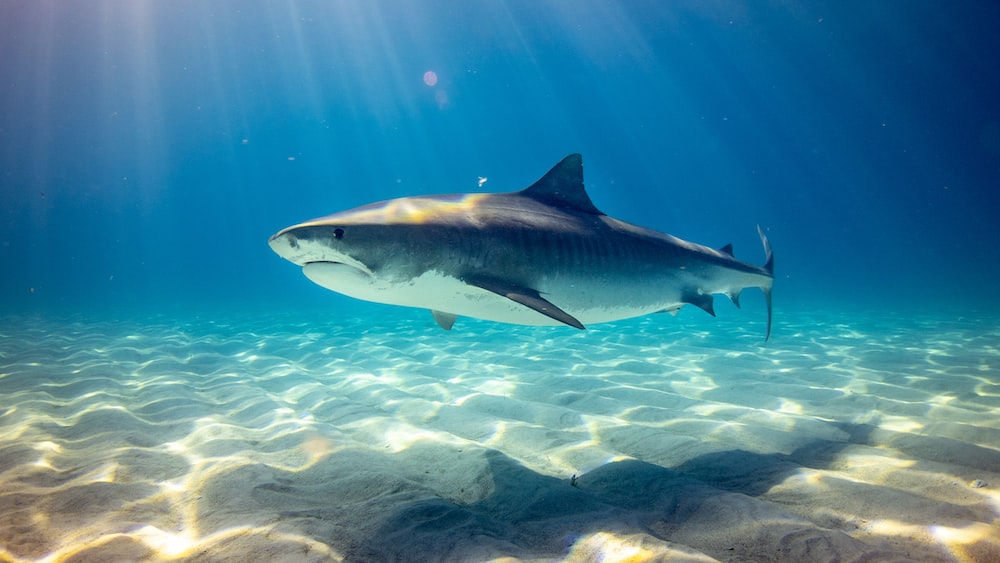
Consider the Tiger Shark, the marauders of the sea, second only to the Great White in their notoriety. These solitary swimmers are named after the dark stripes on their bodies, which resemble a tiger’s pattern. These lines may fade with age, but the shark’s reputation as an opportunistic feeder certainly doesn’t. Their dietary habits are as eclectic as the bric-a-brac of an ocean curio shop, earning them the moniker of ‘marine dustbins.’
Tiger sharks are distinguished by uniquely serrated teeth and an uncanny ability to pick up the scent of prey from miles away. Their gargantuan gapes allow them to munch on everything from fish to fowl – talk about an indiscriminate palate! These robust-bodied swimmers are the subject of many a salty sea tale and are quintessential to the ocean’s narrative, patrolling the tropical waters like fabled underwater apparitions.
3. Bull Shark (Carcharhinus leucas)
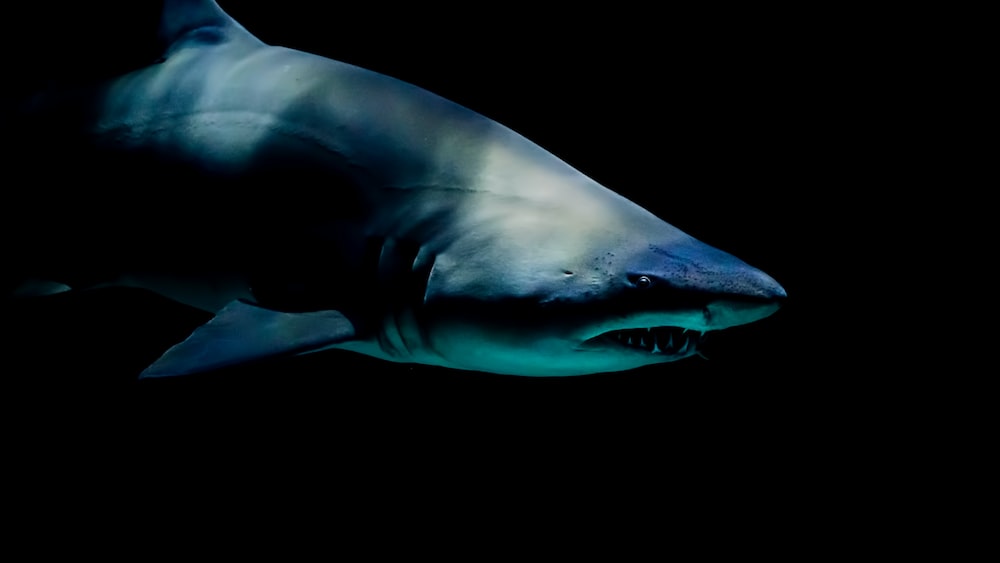
Now, let’s shift our attention to the robust and stocky Bull Shark, a species as tenacious as the terrestrial creature they’re named after. What truly captures the imagination is not just their stout build, but their unparalleled ability to thrive in both salt and freshwaters. This adaptation allows Bull Sharks to swim up rivers, sometimes reaching surprising locales far from the sea.
Renowned for their aggressive disposition, Bull Sharks carry a certain boldness matched by few. Their broad, flat snout and sturdy body make them easily recognisable. Despite their brawn, these sharks, like many of their kin, face threats from overfishing and habitat loss. The story of the Bull Shark serves as a stark reminder of the impact humans have on even the most rugged of the ocean’s inhabitants.
4. Blue Shark (Prionace glauca)
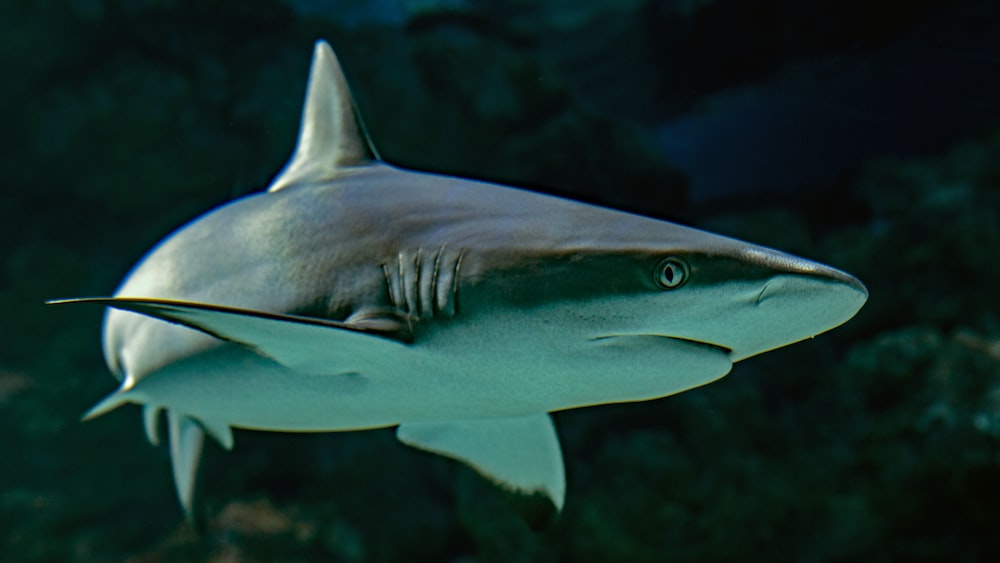
The Blue Shark is the embodiment of the ocean’s beauty, with slender elegance and a named-befitting indigo hue. These pelagic poetry in motion are often spotted in the open sea, a testament to their preference for deeper waters. The Blue Shark’s long pectoral fins allow them to glide effortlessly, their movements echoing the natural rhythms of the marine world.
However, don’t be fooled by the Blue Shark’s seemingly serene nature; they are nimble hunters, preying on small fish and squid with finesse. It’s a delight to observe the Blue Shark in its natural milieu, an azure streak against the deep blue canvas. Sadly, this species faces the risk of overfishing, reminding us that beauty alone does not spare one from vulnerability.
5. Hammerhead Sharks (Family Sphyrnidae)
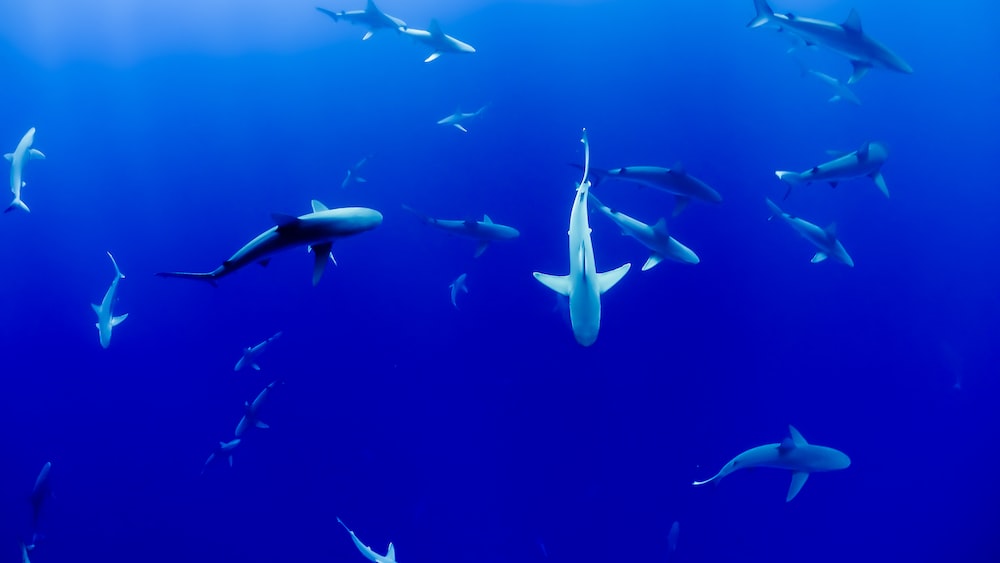
Last but certainly not the least for today’s aquatic assembly is the Hammerhead Sharks. Their distinctive T-shaped heads, or ‘cephalofoils’, are not just for show; they house sensory organs that enhance the sharks’ ability to track down their next meal. These curious creatures’ eyes, perched on the tips of their heads, afford them a 360-degree view of their underwater domain.
There are several species within this family, varying in size and habitat. The great hammerhead is the largest, often mingling in warm waters around the world, while the smaller bonnethead a type of hammerhead, commonly mistaken as a smoothhound, frequents more coastal regions. Each species offers a unique glimpse into the ingenious adaptations that have allowed sharks to endure for millions of years.
6. Whale Shark (Rhincodon typus)
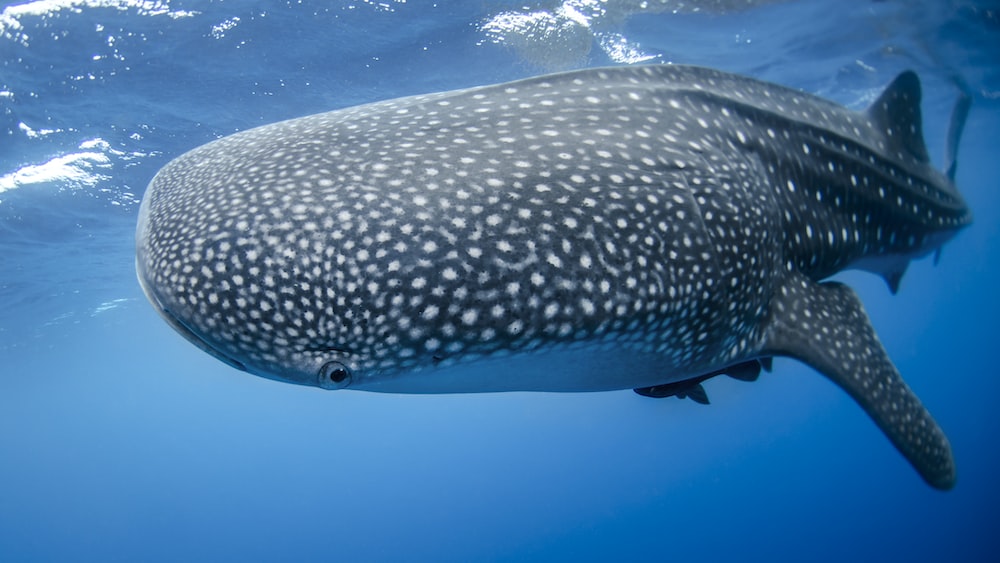
Imagine gliding alongside the gentle giants of the sea, the whale sharks, as they navigate the open oceans with majestic ease. Despite their colossal size, whale sharks have a docile demeanor, often allowing snorkelers and divers to swim with them. The whale shark, being the largest fish in the sea, can grow up to an impressive 40 feet or more. Their majestic presence is highlighted by unique pattern of spots that are as unique as a fingerprint, enabling scientists to identify individuals.
These filter feeders have a huge mouth which can be up to 1.5 meters wide and they use it to dine on plankton and small fish, sieving them out of the water with great proficiency. What’s more intriguing is their migration patterns, often traveling great distances, a trait that makes them even more mysterious to researchers and enthusiasts alike. Conservation of these creatures is vital, as their populations are affected by destructive fishing practices and collisions with boats.
Whale sharks are majestic creatures that can grow up to 40 feet or more, with a unique pattern of spots that allows scientists to identify individuals, and they rely on their massive mouths to filter feed on plankton and small fish, making their conservation crucial due to their vulnerability to destructive fishing practices and collisions with boats.
7. Nurse Shark (Ginglymostoma cirratum)
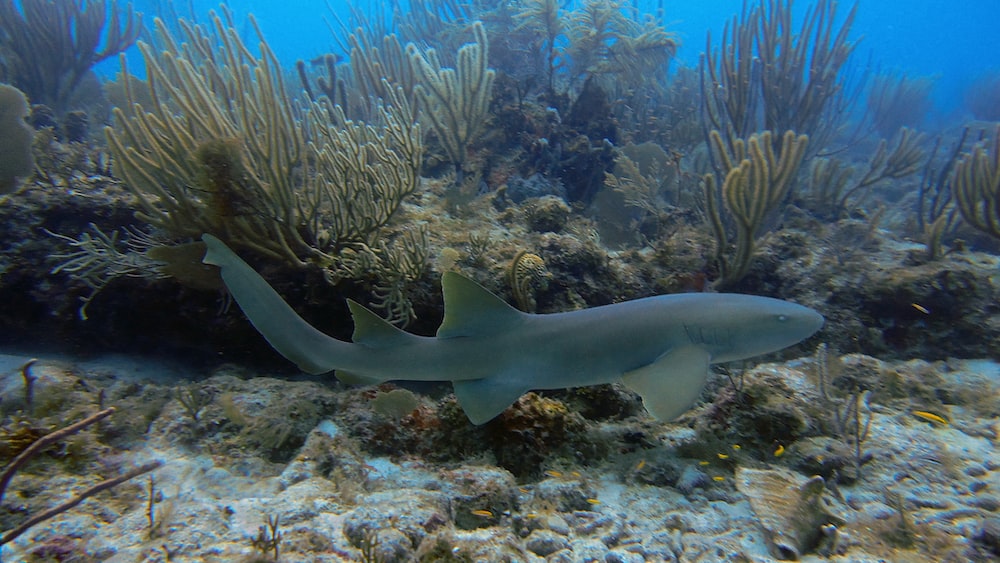
Distinguished by their sedentary lifestyle and preference for the comfort of the sea’s bottom, Nurse sharks are the couch potatoes of the shark world. With their dusky-colored bodies and broad, rounded heads, they spend much of their time resting on the ocean floor in warm, shallow waters. Nurse sharks are suction feeders, using their strong jaws to suck their prey, which includes crustaceans, mollusks, and small fish, right out of their hiding places.
A favorite among marine observers, these sharks are generally indifferent to human presence. While they’re not known for being dangerous, they can give a jolting nip if provoked or stepped on. Nurse sharks exhibit a fascinating behavior called yo-yo swimming, where they rise and fall in the water column as they breathe.
8. Basking Shark (Cetorhinus maximus)
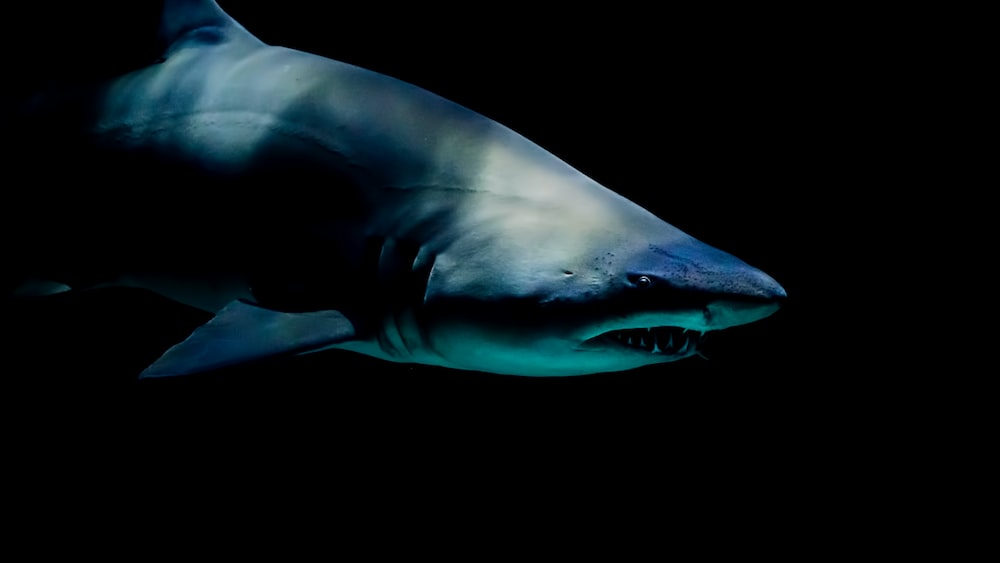
Another gentle giant of the sea, basking sharks, rank as the second-largest living shark, right after the whale sharks. Basking in the sunlight near the water’s surface, these sharks are recognized by their enormous gape and gill slits that nearly encircle their head. What an enthralling sight it is to see them feeding with their mouth wide open, swimming through clouds of plankton like a sieve in the vast ocean.
Yet, despite their size, very little is known about basking shark behaviors such as mating habits or gestation periods – an enigma that only adds to their allure. They are often seen skimming the surface, hence their name, basking sharks, seeking out zooplankton to feast upon. But their gargantuan presence belies their threatened status; overfishing and habitat destruction have significantly reduced their numbers.
9. Mako Sharks (Genus Isurus)
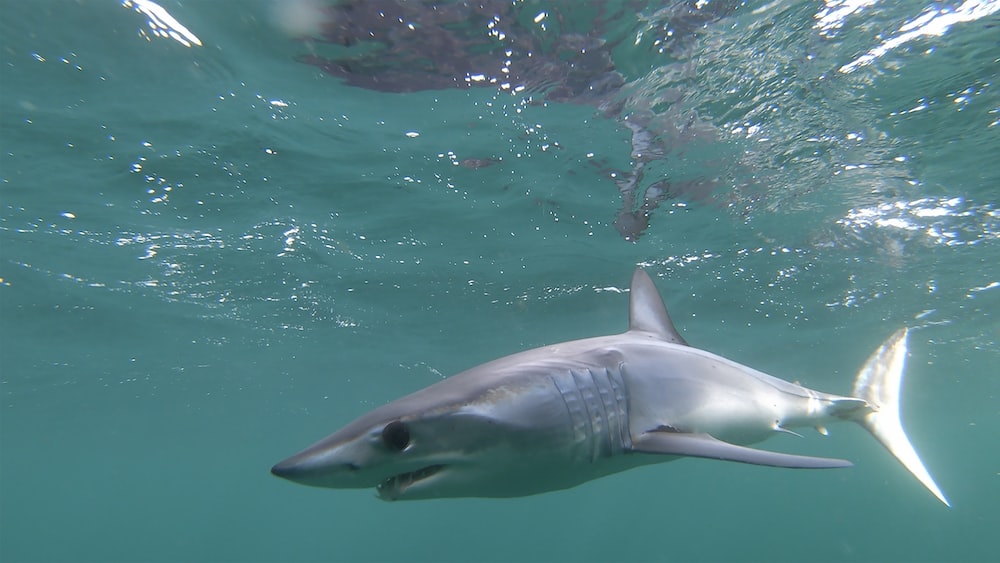
The mako sharks encompass two awe-inspiring species: the longfin and shortfin mako shark, each fast and furious in their own right. Known for their sleek, hydrodynamic bodies and razor-sharp teeth, makos are true predators of the deep. These sharks are endowed with muscular power, propelling them through the water at breathtaking speeds; they can leap out of the water when chasing prey or when hooked by fishermen.
Highly migratory, mako sharks are found in temperate and tropical oceans around the world. They favor the open ocean, often plunging into the abyss to capture squid and pelagic fishes. The shortfin mako is particularly notable for being the fastest shark species, able to swim at speeds of up to 60 mph (97 km/h). These streamlined hunters play a vital role in marine ecosystems but face increasing threats such as bycatch and demand for shark fins.
Mako sharks are powerful and fast predators, known for their sleek bodies and razor-sharp teeth, and they play a vital role in marine ecosystems but are facing threats such as bycatch and demand for shark fins.
10. Lemon Shark (Negaprion brevirostris)
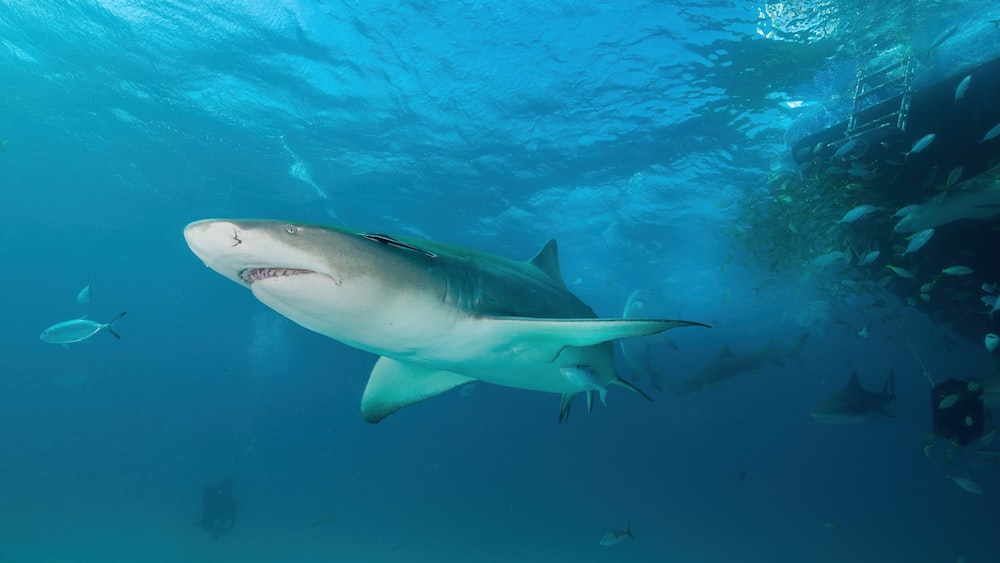
The lemon shark, easily distinguishable by its yellow-tinged skin, serves as a perfect example of the incredible diversity among types of sharks. These social creatures often form groups, a rare behavior among sharks. Scientists speculate that this sociality could be linked to cooperative hunting or even a complex social learning process. Their preferring shallow coral reefs and mangroves provide necessary nursery grounds for juvenile lemon sharks, which is essential for their development. Yet, despite their relatively non-aggressive disposition, lemon sharks are overlooked in the grand narrative of marine conservation. Their populations are vulnerable due to mangrove deforestation and overfishing, making their conservation a silent priority.
Understanding Shark Habitats and Behaviors
The ocean’s tapestry of habitats plays host to an incredible array of shark species, each weaving its own pattern of existence. From the deepest trenches to coastal mangroves, understanding the diverse homes and behaviors of these predators is key to appreciating how they influence – and are influenced by – marine ecosystems. Sharks are not mindless killers but rather essential players in the ocean’s delicate balance, acting as both predator and scavenger in their underwater domain.
Conservation Status of Sharks
The symphony of the sea faces a dire threat, and sharks are unwittingly playing the tragic overture. Across the globe, finning, bycatch, and habitat destruction are decimating shark populations and disrupting ocean health. Sharks, often characterized as fierce predators, are rather the fragile guardians of marine biodiversity. Many species are now listed as endangered or vulnerable by the International Union for Conservation of Nature (IUCN).
Conservation efforts are extant but remain a drop in the ocean, needing global cooperation and stronger legislation. Advocating for protected marine areas, sustainable fishing policies, and an end to the global shark fin trade are pressing measures that need public and governmental support. Each of us plays a role in this undertaking. Through increased awareness and direct action, we can ensure that future generations will still have stories to tell of basking sharks swimming serenely through the waves or whale sharks performing their underwater ballet.
The Role of Sharks in Marine Ecosystems
Hidden beneath the waves, sharks play an integral role in the marine food web, keeping the ocean’s complex ecosystems in elegant balance. Just imagine a regal great white shark as the ocean’s diligent gardener, pruning away the weak and sick to maintain a healthy fish population. This predatory prowess, undoubtedly thrilling during a cage dive, actually represents the shark’s essential day job: upholding biodiversity.
Moreover, sharks contribute to healthy seagrass beds and coral reefs, indirectly supporting commercial fisheries and even our breathtaking beach vacations. The loss of sharks can trigger a trophic cascade, a domino effect crashing through the food chain that can lead to the collapse of commercially important fish species. This cascade can transform vibrant coral ecosystems into barren wastelands, demonstrating the immense influence sharks wield beneath their glimmering surfaces.
In terms of economics, the practice of ‘shark ecotourism’ can be quite lucrative, giving sharks a greater value alive than dead. Conservation-minded eco-adventurers flock to dive sites to be in the thrilling presence of these apex predators. Each year, sharks draw in millions of dollars, proving their worth extends beyond ecological importance to significant economic benefits as well. These are the tales I often regale to skeptics – sharks are not only the ocean’s keystones but also its economic engines.
FAQs
1. What is the largest shark species?
The largest shark species is the gentle giant: the whale shark. These colossal creatures can grow up to a whopping 18 meters in length and are known for their docile nature and unique filter-feeding behavior. Despite their size, they pose no threat to humans, instead inviting awe and admiration from those fortunate enough to encounter them in the ocean’s depths.
2. Are all sharks dangerous to humans?
Not all sharks are dangerous to humans, with the majority of shark species posing no threat at all. In fact, the blacktip shark is one among many species that are generally passive and avoid human interactions. It’s a common misconception, fueled by sensational stories, that all sharks are man-eaters, but in reality, shark attacks on humans are exceedingly rare events.
3. How can I help with shark conservation?
To assist with shark conservation, you can become an ocean advocate, educate others, and support institutions that work toward the research and protection of these crucial predators. Making sustainable seafood choices and opposing practices like shark finning are practical daily actions you can take to make a difference. Remember, each gesture, no matter how small, cumulatively contributes to a greater tide of change.
4. What is the most common shark species?
The most common shark species that you might encounter in warmer coastal waters is the ubiquitous whitetip reef shark. This species, easily recognizable by the distinct white markings on its fins, is a frequent patron of coral reefs and often a fascinating sight for divers and snorkelers alike.
Conclusion
We’ve navigated through the plethora of types of sharks, from the formidable great white shark to the docile whale shark, each with its unique role and beauty. Understanding these roles not only enriches our appreciation of marine life but also highlights the urgent need for their conservation so that future generations can continue to marvel at their grandeur in the big blue.
The quest for knowledge on types of sharks doesn’t end here; it deepens with every dive, each research paper published, and through the collective efforts of marine conservationists and enthusiasts. Only by continuing to explore and protect can we ensure that these magnificent creatures will continue to thrive in their underwater realms for eons to come.
As we surf back to shore on the waves of newfound understanding, let’s commit to fostering a deeper connection with our oceanic cohabitants. Reflect on this aquamarine journey and ponder your part in the grand tapestry of life that unfolds beneath the tides. Until our paths cross again in the undersea world, swim gently amid the wonders of our blue planet. Warm currents of gratitude for diving into this adventure with me, and always keep the ocean’s heartbeat in your echoes. Signing off with a splash, Jasper Flynn.

